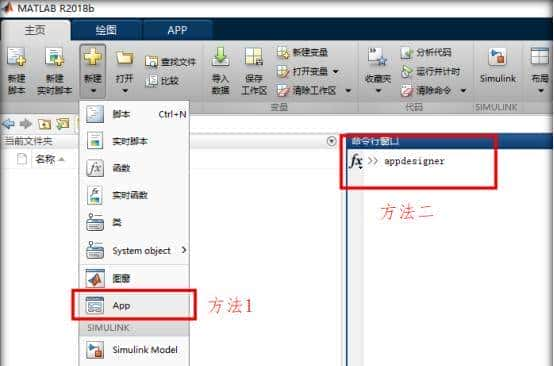763 Partition Labels 划分字母区间
Description:
You are given a string s. We want to partition the string into as many parts as possible so that each letter appears in at most one part.
Return a list of integers representing the size of these parts.
Example:
Example 1:
Input: s = “ababcbacadefegdehijhklij”
Output: [9,7,8]
Explanation:
The partition is “ababcbaca”, “defegde”, “hijhklij”.
This is a partition so that each letter appears in at most one part.
A partition like “ababcbacadefegde”, “hijhklij” is incorrect, because it splits s into less parts.
Example 2:
Input: s = “eccbbbbdec”
Output: [10]
Constraints:
1 <= s.length <= 500
s consists of lowercase English letters.
题目描述:
字符串 S 由小写字母组成。我们要把这个字符串划分为尽可能多的片段,同一字母最多出目前一个片段中。返回一个表明每个字符串片段的长度的列表。
示例 :
输入:S = “ababcbacadefegdehijhklij”
输出:[9,7,8]
解释:
划分结果为 “ababcbaca”, “defegde”, “hijhklij”。
每个字母最多出目前一个片段中。
像 “ababcbacadefegde”, “hijhklij” 的划分是错误的,由于划分的片段数较少。
提示:
S的长度在[1, 500]之间。
S只包含小写字母 a 到 z 。
思路:
滑动窗口
遍历记录每个字符最后出现的位置
遍历记录当前字符和字符最后出现位置相等的下标, 更新字符串的长度
时间复杂度为 O(n), 空间复杂度为 O(1)
代码:
C++:
class Solution
{
public:
vector<int> partitionLabels(string s)
{
vector<int> result, count(26);
int start = 0, end = 0, n = s.size();
for (int i = 0; i < n; i++) count[s[i] - a ] = i;
for (int i = 0; i < n; i++)
{
end = max(end, count[s[i] - a ]);
if (i == end)
{
result.emplace_back(end - start + 1);
start = i + 1;
}
}
return result;
}
};
Java:
class Solution {
public List<Integer> partitionLabels(String s) {
List<Integer> result = new ArrayList<>();
int start = 0, end = 0, n = s.length(), count[] = new int[26];
for (int i = 0; i < n; i++) count[s.charAt(i) - a ] = i;
for (int i = 0; i < n; i++) {
end = Math.max(end, count[s.charAt(i) - a ]);
if (i == end) {
result.add(end - start + 1);
start = i + 1;
}
}
return result;
}
}
Python:
class Solution:
def partitionLabels(self, s: str) -> List[int]:
result, start, end, n, count = [], 0, 0, len(s), [0 if chr(i + ord( a )) not in s else s.rfind(chr(i + ord( a ))) for i in range(26)]
for i in range(n):
if i == (end := max(end, count[ord(s[i]) - ord( a )])):
result.append(end - start + 1)
start = i + 1
return result
相关文章













